There is an ever shrinking number of people who’ve worked at the Medical University of South Carolina (MUSC), on the banks of the Jonathan Lucas River, long enough to have been here for the two most powerful hurricanes in Charleston’s history. I am one of those people. Today’s blog question: Hurricane Hugo on September 21, 1989 versus Hurricane Matthew on October 8, 2016- who wins mano a mano?
In the interest of full disclosure, I will admit that my brush with Hugo was much more intimate than my experience with Matthew. In September of 1989, I was a relatively junior attending on call when the eye of Hurricane Hugo churned into Charleston harbor. I was on call with our Maternal-Fetal Medicine fellow, Berry Campbell (who volunteered to stay) and four residents. I am angry with myself that I cannot remember all their names, although, Berry’s wife, Shawn Campbell was one of them.
For Hurricane Matthew, I wasn’t any longer on the first or second string and was told that I wouldn’t be dressing for the game. I was at MUSC working through its closure on Wednesday preceding Matthew’s arrival. Both Dr. David Soper and Dr. Rebecca Wineland, who were the assigned faculty at the hospital from Thursday until Sunday, contributed to this blog. They were supported by two teams of four residents each, led by the chief residents, Emily Kraus and Candice Greenan.
In Hugo, my wife, children and neighbors evacuated to the tiny town of Cameron, S.C. outside of Orangeburg. With Matthew, my wife and I, along with my mother-in-law and dog, took refuge in the lovely town of Camden. With the help of David, Rebecca and others, however, I believe that I still have a good perspective to compare and contrast these two monsters that disrupted health care and maternity services at MUSC.
One important thing that both storms had in common is that they really rattled the cages of those manic ferrets over at the Weather Channel and at the National Weather Center. In 1989, we were “looking down the barrel of a shotgun.” In 2016, the Florida Governor Rick Scott stammered that “this storm will kill you.” Ignoring the ridiculous “spaghetti tracks”, it was obvious that both Hugo and Matthew were going to hit South Carolina based on their bloated size alone.
One aside to all the folks at the Weather Channel and the National Hurricane Center. Please find another verb besides “hunker down.” It’s a good verb, but you can’t use it every 5 minutes. How about squat, crouch, bunker in, dig-in, protect yourself, hide, or get out of the fray. This is especially painful to South Carolinians who had to spend Sunday afternoon listening to the Georgia Bulldog fans screaming “hunker down you hairy dogs” in a 28-14 victory that wasn’t as close as the score.
Hugo was all about the wind and tidal surge. Hugo made landfall on the Isle of Palms and the eye came into Charleston Harbor. Hugo hit Charleston just before midnight as a Category 4 storm with sustained 140 mile per hour winds and gusts up to 160 miles per hour. With its counterclockwise rotation, Hugo’s powerful northwesterly eyewall winds and largest tidal surge hit north of Charleston in McClellanville. The most terrifying moments of Hugo occurred at McClellanville’s Lincoln High School which was serving as a community shelter. A 20-foot storm surge blew through the school, leaving the children and families clinging to the rafters to avoid drowning during a night of terror.
Hugo rolled up Charleston’s downtown tin roofs like it had taken a key to open a giant can of sardines. Hugo dropped huge rolls of tin into the streets. It left large yachts and fishing boats in front yards, in the middle of Lockwood Drive, half-way down Broad and on the Cross-town. The rest of the boats from the Lockwood Marina were crumpled up and stuffed underneath the support arches of the Ashley River Bridge. The revolving Sullivan’s Island Bridge (the only access to Sullivan’s and Isle of Palms at the time) was blown sideways and one end was dropped in the water. The beachfront houses on the Isle of Palms Boulevard were either in the inter-coastal waterway or in Mt. Pleasant.
When the roaring winds of Hugo finally subsided we all went outside and wandered around an eerily quiet and dry Ashley Avenue. With the popping in our ears, we realized it was just mid-storm and we were experiencing the hurricane’s eye. Within minutes we saw water racing up Ashley Avenue filling in the record low pressure eye. After several hours of what sounded like a locomotive thundering by every window, the silence of the hurricane eye and the bright stars twinkling in the sky, still remains the most awesome natural event that I’ve ever witnessed.
Matthew was all about the rain. Matthew’s eye passed Charleston by (although it may have come ashore in poor McClellanville) and was nowhere near as muscular a storm as Hugo. Hugo was a Category 4, hit hard and moved fast across the Low Country, then to Columbia, Charlotte and on northwards. Matthew was a Category 2 when it passed Charleston having plodded along the Southeastern coast at a snail’s pace. For days, instead of hours, Matthew pounded the coasts of Florida, Georgia, South and North Carolina and Virginia with band after band of blowing rain.
With Matthew the inundation of rain was relentless. Falling trees with Matthew were more the result of a soaked ground rather than high winds. Even now, days after Matthew has gone out to sea, flooding persists as riverbanks overflow with rainwater draining down from the upstate. Conversely, Hugo’s wind flattened much of the Francis Marion forest like the hand of God. It snapped 21 pine trees at mid-shaft and pushed over 2 Magnolia trees in our yard by the Wappoo Cut.
So, wind vs rain, which is worse? Well, respectfully disagreeing with the Weather Channel rent-a-reporter who stood in the deepest water he could find by Colonial Lake and told us that “a hurricane is a hurricane”, I call bull shyte. A Category 4 is a much different animal than a Category 2. The final numbers are not in on Matthew but the death toll with Hugo was 49; approximately half in South Carolina. Matthew killed one in South Carolina. Horrible stories of families who’d lashed themselves to their boat mast but still drowned. Hugo’s price tag was estimated to be $17.6 billion in 2009 U.S. dollars, making Hugo the most damaging hurricane ever at its time. Hugo definitely came into this fight as the defending champion.
In comparing my experience of Hugo and Matthew I think of the “four P’s”. The first P is the Preparation. As I already mentioned, we knew that both storms were coming to town well ahead of time and the emergency teams were selected for coverage. With Hugo, it was so large it was obvious that it was going to hit South Carolina with great force. With several days warning, Charleston and the hospital had time to deal with a mandatory evacuation. Patients were aggressively discharged, those unable to be discharged were transferred to other hospitals, transfers were no longer accepted and the clinics and emergency department were closed.
The day prior to Hugo’s arrival we had no patients on our Labor and Delivery. The rest of the hospital was nearly empty as well. We walked across a deserted Ashley River Bridge (think apocalyptic zombie movie) and had lunch in the empty restaurant at the top of the Round Ashley River Holiday Inn. The sky was perfectly blue and cloudless in advance of Hugo. We felt totally alone in an empty city. I don’t know how many patients or staff were left behind at MUSC, but it didn’t seem like many.
The day before Matthew was also a beautiful autumn day. Maybe that’s how it is with every hurricane worth its salt. My wife and I walked on East Bay Street on empty sidewalks past boarded up stores. On Thursday before Matthew, the MUSC clinics were closed, discharges were facilitated and the hospital stopped taking transfers from outside the region. There was never a mandatory evacuation of Charleston and the hospital was never completely closed. Both approaches seemed appropriate given the relative threats of the two hurricanes. During Matthew, there were about 550 patients still in the medical center and about 1000 MUSC Health team members.
Beyond hospital preparation, external preparation is also worthy of note. I did not evacuate for Hugo but my wife and family did. It was an everyman for himself, Mad Max Fury Road kind of experience. I did evacuate with my family for Floyd in 1999 and it took 20 hours to get to Columbia. By Matthew, some hard lessons had been learned. The lane-reversal worked beautifully and we got to Columbia faster than we could on a regular day. “Comfort areas” had been set up along I-26 with port-a-potties, water and gasoline if needed.
Governor Haley had informative Press Conferences seemingly every couple of hours. We all watched them- primarily to enjoy Haley’s sign language interpreter. With Hugo, no one had ever heard the term FEMA before and it became a dirty word after. With Matthew, state government coordinated with the Federal government and FEMA was pre-positioned to help with recovery. I am not a big Haley supporter, but she did a great job with Matthew and should be commended.
During one of these Press Conferences, I had another strong Déjà vu to Hugo. Charleston Police Chief Mullin warned people not to stay during Matthew. He warned that if you did, don’t expect any response to a 911 call once the hurricane arrives. The day of Hugo’s arrival there was a memorable Press Conference at City Hall. Linda Lombard, a Charleston City Council member, told the Charleston community, “Please, leave now. You must leave now.” It was said with such emotional intensity that she probably saved hundreds of lives.
At that same Press Conference, the late, but legendary Charleston Police Chief Rueben Greenberg spoke to the television audience. First, if you stayed you’d be on your own as Chief Mullin had implied. Second, if you did stay and anyone came into your house or business, you could shoot them with no questions asked. A locally well-known high school quarterback was shot in the butt and missed the remainder of the season. No questions were asked. Third, Greenberg explained that the police jail would have the same problems as everyone else with flooding and no power. During the mandatory evacuation, the police would have no interest in arresting people. The Charleston police were officially instructed to beat and leave any looters they encountered.
The scene was set for each Hurricane. In terms of Preparation the nod has to go to Matthew. It’s not Chief Mullin’s fault if he couldn’t match Chief Greenberg for audacity or hyperbole.
The next P is the People. My fond remembrance of my team that covered during Hugo is only positive. We created our own shifts and everyone preformed with professionalism, talent and dedication during the 6 days we were in the hospital before relief arrived. The team spirit never broke despite tremendous hardships. There was no air conditioning, hot food or any water. The importance of a periodic shower cannot be understated. The National Guard showed up with ice and bottled water on day #3. The highlight of my team leadership was finding an Asian family at Marion Square making stir-fry in a wok over a gas grill and bringing back Chinese food for everyone.
I was interested in how our 2016 millennial residents would hold up compared to my Gen-Xers of 1989. I am told by reliable sources that the millennials performed admirably. In addition, they were much busier than we were with Hugo when the hospital was virtually empty. Morale was high and everyone cooperated beautifully. No one groused and the team improvised in the face of adversity. Rebecca Wineland showed true leadership when she told the maternity nurses (who had no assigned sleeping area) that they could sleep in the conference room in the open Dean’s office after a manager had told them no.
While I am proud of the millennials, I will point out they were never challenged by an internet outage. They also benefitted from the lessons learned after Hugo such as if you’re in a flood zone, the back-up power generator should not be kept in the basement. With no loss of power, Matthew’s teams never had to deal with no air conditioning or water pressure. All the residents had food vouchers and even Subway was open, although they only took cash. Anyone surprised? They even got to watch the Clemson football game on Friday night.
So, in regards to the People, I am going to call it a draw. The teams that responded to both Hugo and Matthew were selfless, compassionate, professional and sometimes heroic. I personally witnessed many such actions in 1989. I was not in the building in 2016, but I’ve heard of the same. One big difference between Hugo and Matthew is found in the words of the MUSC President David Cole. “During the past 30 hours, I have had the privilege of seeing the heart and spirit of MUSC in action.” In 1989 for Hugo, the reflections of hospital and medical leadership were all secondhand accounts.
The third P is Patient Care. Clearly, the Ob-Gyn service was much busier with Matthew. Since the hospital wasn’t closed, the OB staff had to deal with dozens of near term women who wanted to be admitted to the hospital just in case they were to go into labor or have other complications during the worst of the storm. Those discussions resulted in a lot of unhappy people. The staff also had to deal with patients from other practices who came to MUSC without any records. One patient with ruptured membranes waded her way through waist deep water to get to the hospital during the middle of the storm on Saturday. We only delivered one woman during Hugo. She arrived in labor on our unit from seemingly out of nowhere. We delivered her using flashlights.
Before Hugo, the new NICU on the top of the Children’s Hospital had just been completed. The NICU had floor to ceiling windows and was the best view in Charleston. During Hugo, the northwest windows blew in unexpectedly during the height of Hugo. Fortunately, there were only a few remaining preemies in the nursey, but they had to be evacuated to the hallways. The NICU nurses were wearing ankle length coats with multiple large pockets inside and out for toting handfuls of newborns in an emergency. The NICU had to be evacuated during Matthew as well, but it was for leaking from the roof. Not nearly as exciting.
What seals the deal for Hugo was when some administrators showed up mid storm and mentioned, in passing, that there were some concerns about the Clinical Science Building walls which might be buckling. If it wasn’t too much trouble, they wondered, if we might all put on some plastic patient identification bracelets with our names. I still have mine as a souvenir. That made the back side of the storm even more exciting than the front. While Matthew was busier, the drama and hardships gives overall Patient care solidly to Hugo.
The final P is Post-hurricane. Post-hurricane belongs entirely to Hugo. By 3 days post Matthew, MUSC was open for business, the kids were back in school and everyone was home. Still some standing water here and there and some people without power. Most concerning, the S.C. High School League had to add another week to the high school football season. Around the hospital there were several offices, including Dr. Soper’s, that leaked and soaked the carpets.
Post Hugo, Charleston was a disaster. Every road was blocked by trees, boats, rolled up tin roofs and debris. It took 3 days for the National Guard to get downtown. It took 6 days for relief staff to return to the hospital. Most neighborhoods didn’t get power or water back for 3 weeks or longer. Even then, the water tasted like pine sap because of all the pine trees and branches that had been blown into the reservoirs. Sadly, and I am not sure why meteorologically, instead of the beautiful Sunday that followed Matthew, it rained for days after Hugo. For homes like the one at 21 Palmetto Road with a pine tree through the roof, that was very disappointing weather.
All elements considered, my objective assessment of the question of Hugo versus Matthew is that they both deserve their contender ranking. The fight between the two was highly competitive, but in the end, Hurricane Hugo took out Matthew with a sixth round knockout. Winner and still champion!!
Picking the right Bruce Springsteen song for this blog was actually easy. I understand that the above blog is really just a bunch of “locker room banter” about who’s hurricane is bigger than who’s. That sentiment is captured best by Bruce’s Born in the USA album cut, “Glory Days”. Bruce leaves us with “nothin’ but borin’ stories of……. Glory Days.”
While I have been a faculty member at MUSC since 1986 and am now a Professor and Maas Chair for Reproductive Sciences, the opinions expressed in this blog are mine alone and do not necessarily reflect the opinions of my employer.

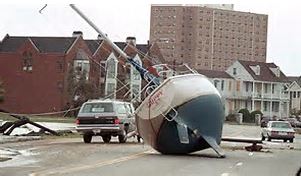
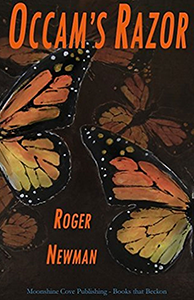
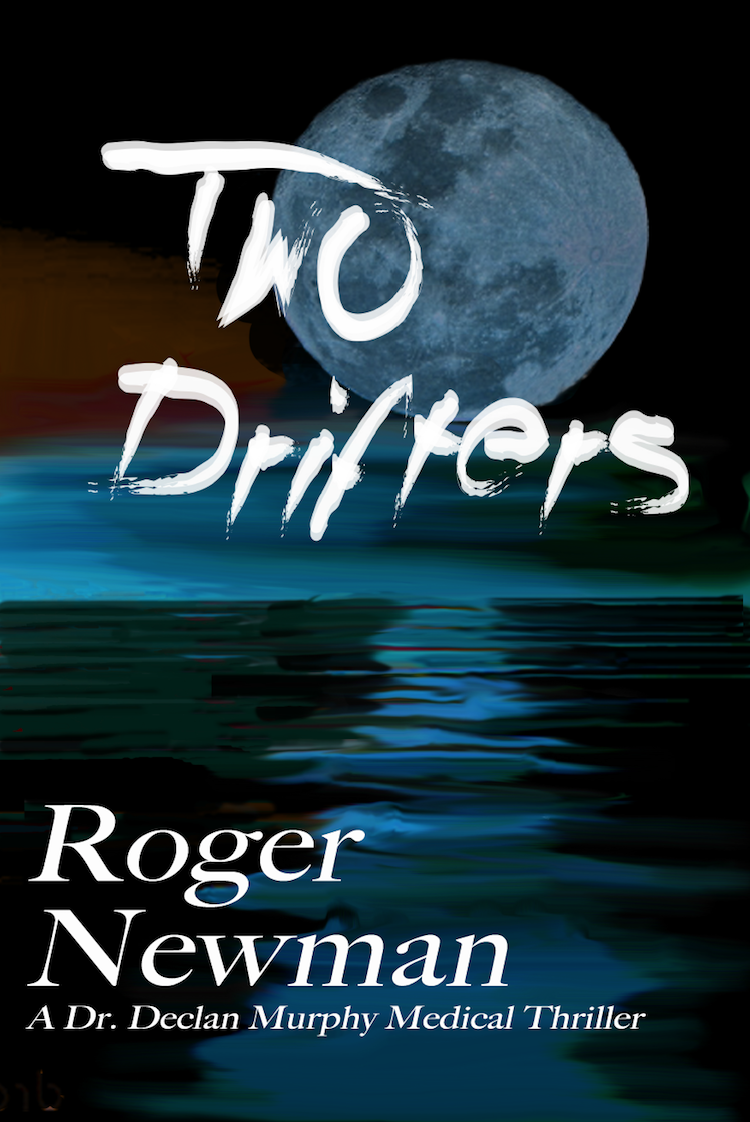
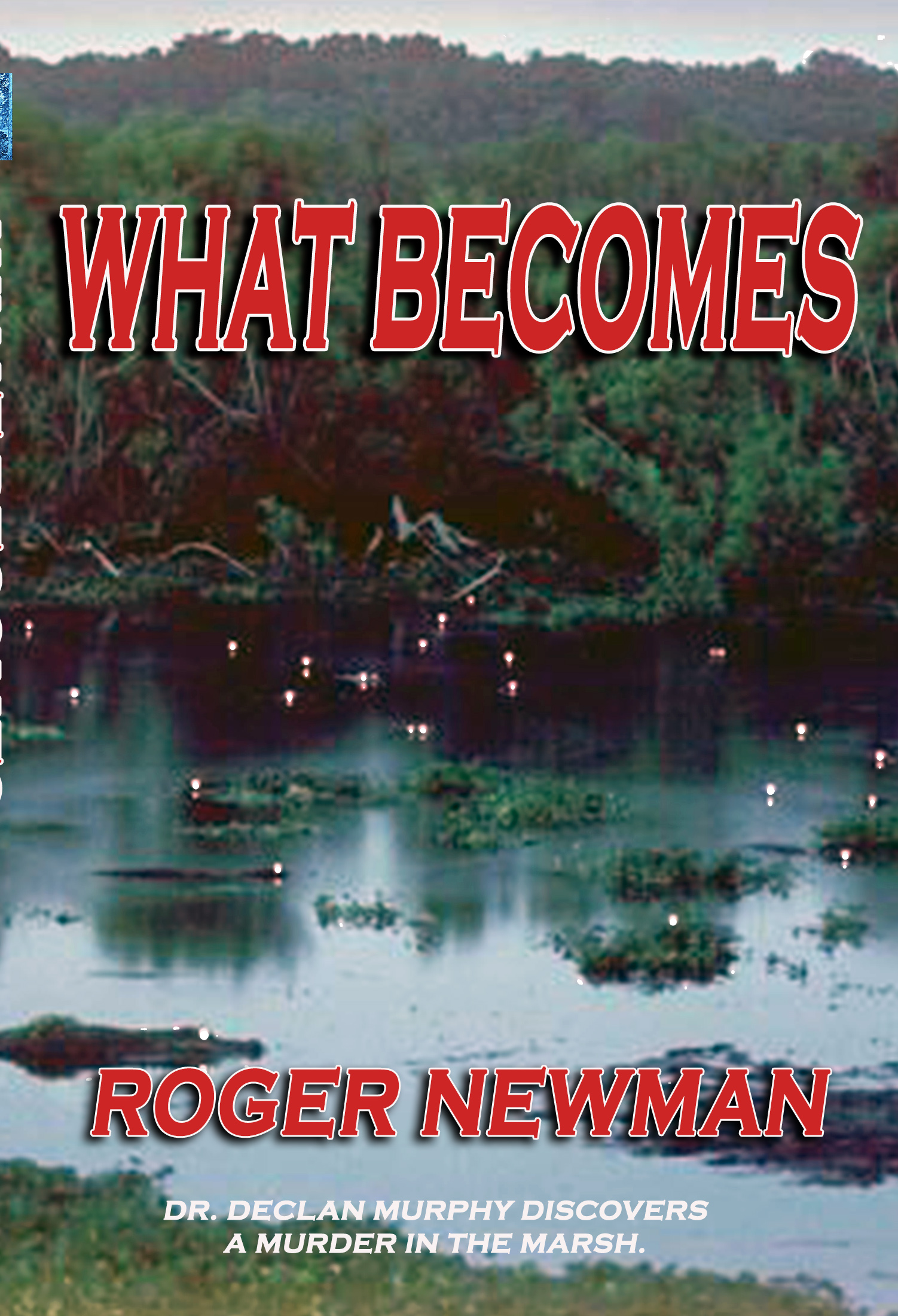

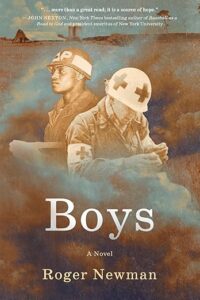
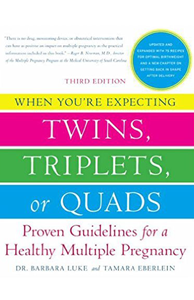
In my opinion, your best blog, Roger! Keep’em coming!!
Thanks Francie- I know you remember it as well. Wild times………………………r